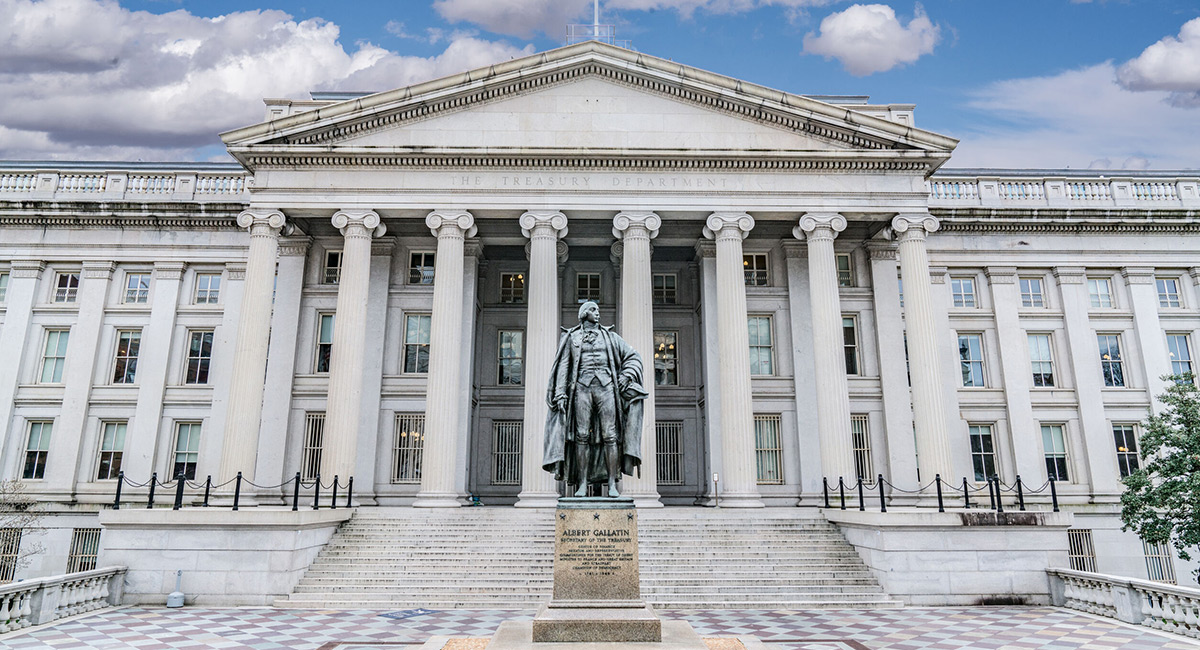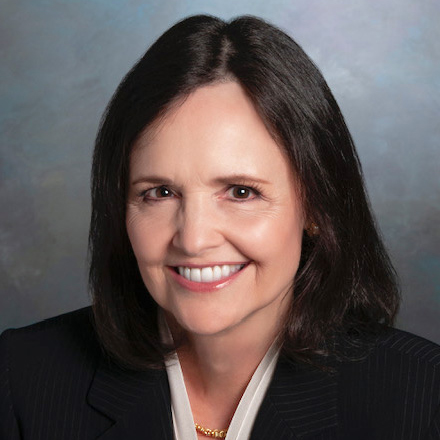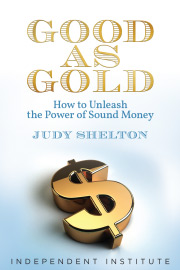The Federal Reserve’s latest policy statement reveals a dogged determination to accommodate despite increasing evidence of economic recovery, strong demand for labor and rising inflation. Chairman Jerome Powell seems eager to urge patience on raising interest rates for the sake of increasing labor participation. This approach reflects lessons learned about economic growth during the Trump administration, but changed conditions render it inappropriate for the current moment.
It isn’t that the framework is faulty. To the contrary, it incorporates the realization that low unemployment combined with productivity gains isn’t inflationary because it results in increased output. This contradicts the Phillips-curve notion that low unemployment leads to high inflation—which central banks must then counter by raising interest rates.
The Fed’s review of its monetary-policy framework leading to its current approach was conducted over the 18 months before the pandemic began in early 2020. The timing was unfortunate, as the review encompassed the extraordinarily high-growth, low-unemployment, low-inflation environment of 2018-19. Mr. Powell’s mistake now is to ignore the changed circumstances stemming not only from the pandemic but also the Biden administration’s tax and regulatory changes.
If the Federal Open Market Committee, which determines monetary policy, insists on disregarding the structural effects of different administrations’ economic choices, it risks serious error. You can’t make good decisions by following an outdated paradigm.
Mr. Powell became Fed chairman in February 2018, following a period of lackluster growth and labor-force participation under his predecessor, Janet Yellen. But with an economic agenda that included lower taxes and less regulation, the unemployment rate dropped to near 50-year lows in 2018 and 2019. At 3.5%, unemployment was well below most estimates of its sustainable level.
Unemployment rates for African-Americans and Hispanics reached historic lows during this pre-pandemic period. The differences between these rates and the white unemployment rate had never been narrower. “Many who had been left behind for too long were finding jobs, benefiting their families and communities, and increasing the productive capacity of our economy,” Mr. Powell said at the virtual Jackson Hole symposium in August 2020. “Before the pandemic, there was every reason to expect that these gains would continue.”
Did the business-friendly policies of the Trump administration help foster the robust job market—particularly for individuals at the lower end of the income spectrum? To what extent was monetary policy a factor in achieving such impressive economic gains?
It turns out monetary policy between 2017 and 2020 was erratic. Seven years after the 2008 global financial meltdown, Ms. Yellen had tentatively begun to raise rates from near zero, with one increase in December 2015 and a second in December 2016. In 2017 she raised interest rates three more times. Mr. Powell raised rates four times in 2018—only to reverse course and cut them three times during the second half of 2019. In March 2020, responding to the Covid emergency, he brought rates back down to near zero.
The primary lesson Mr. Powell seems to have drawn from his experience is that it would be wrong to enact rate increases until we have restored the felicitous pre-pandemic conditions. But those conditions also predate Biden administration policies that impose higher taxes and heavier regulations on individuals and businesses.
Moreover, low inflation prevailed during that earlier period. A key change in the monetary-policy framework adopted in 2020 was prompted by the Fed’s angst over consistently undershooting its 2% inflation target; the new approach seeks to achieve inflation “moderately above 2% for some time” to average things out. Such pretenses to monetary finesse now seem a bit fanciful, given that the American public’s expected rate of inflation one year from now rose to 5.7% in October.
Changed circumstances also include the massive increase in commercial bank reserves held in depository accounts at the Fed since March 2020. They grew by $2.3 trillion and now exceed $4.1 trillion. For perspective, total revenues to the federal budget for fiscal 2021 rolled in at $4.05 trillion, a record amount. The Fed’s current reserve requirement is zero, so those bank reserves are mostly available to lend to individuals and businesses. That’s a staggering amount of liquidity firepower—highly attuned to changes in the outlook for interest rates.
All of which underscores the importance of interpreting the current situation with eyes wide open—unencumbered by earlier assumptions and ambitions corresponding to a different economic and political environment. A monetary mistake could unleash rampant inflation or trigger a recession. We can hardly take comfort from Mr. Powell’s self-contradicting statement to the press following the most recent FOMC meeting regarding the timing for raising interest rates: “If we do conclude it’s necessary to do so, we will be patient, but we won’t hesitate.”
In the meantime, while the Fed plans to reduce the pace of its purchases of government-backed securities between now and mid-2022, it still plans to keep interest rates near zero. By then the Fed’s balance sheet will have grown to some $9 trillion—equal to roughly 40% of U.S. gross domestic product.
The Fed has immense power to direct financial capital through a misguided policy action or even an errant word. No wonder it has become captive to the egocentric predicament of believing that achieving a successful and inclusive economy is all about monetary policy. But elections do matter—even more than the Fed.









